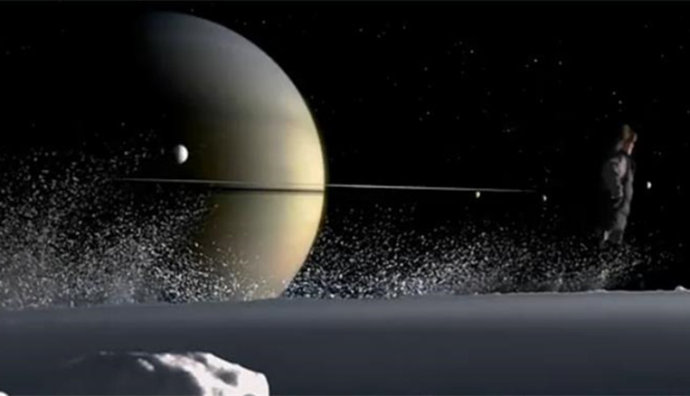(单词翻译:单击)
As for Pluto itself, nobody is quite sure how big it is, or what it is made of, what kind of atmosphere it has, or even what it really is. A lot of astronomers believe it isn't a planet at all, but merely the largest object so far found in a zone of galactic debris known as the Kuiper belt.
至于冥王星本身,谁也不大清楚它有多大,是什么组成的,有什么样的大气,甚至它到底是个什么东西。许多天文学家认为,它其实算不上是颗行星,而只是我们在银河的废墟带(称之为凯珀带)发现的最大的物体。

The Kuiper belt was actually theorized by an astronomer named F. C. Leonard in 1930, but the name honors Gerard Kuiper, a Dutch native working in America, who expanded the idea. The Kuiper belt is the source of what are known as short-period comets—those that come past pretty regularly—of which the most famous is Halley's comet. The more reclusive long-period comets (among them the recent visitors Hale-Bopp and Hyakutake) come from the much more distant Oort cloud, about which more presently.
凯珀带理论实际上是1930年由一位名叫F.G.伦纳德的天文学家提出来的,他用这个名字来纪念一位在美国工作的荷兰人杰勒德·凯珀。凯珀发展了这个理论。凯珀带是所谓短命彗星的源泉--那种经常一闪而过的星星--其中最著名的就是哈雷彗星。比较长命的彗星(其中有最近光顾的海尔-博普彗星和百武彗星)产生于遥远得多的奥尔特云,我们过一会儿就会谈到这个问题。
It is certainly true that Pluto doesn't act much like the other planets. Not only is it runty and obscure, but it is so variable in its motions that no one can tell you exactly where Pluto will be a century hence. Whereas the other planets orbit on more or less the same plane, Pluto's orbital path is tipped (as it were) out of alignment at an angle of seventeen degrees, like the brim of a hat tilted rakishly on someone's head.
冥王星的表现与别的行星很不一样,这种看法肯定没错儿。它不但又小又模糊,而且它的运行方式变化不定,一个世纪以后谁也说不准冥王星到底会在哪里。别的行星多少在同一平面上转动,而冥王星的运行轨道(似乎)是倾斜的,不和别的行星处于同一平面,而是形成一个17度的角,犹如有人头上潇洒地歪戴着帽子。
Its orbit is so irregular that for substantial periods on each of its lonely circuits around the Sun it is closer to us than Neptune is. For most of the 1980s and 1990s, Neptune was in fact the solar system's most far-flung planet. Only on February 11, 1999, did Pluto return to the outside lane, there to remain for the next 228 years.
它的轨道很不规则,在它寂寞地绕太阳转动的过程中,每一圈都在相当长的时间里比海王星距离我们更近。事实上,在20世纪80年代和90年代的大部分时间里,海王星是太阳系里离我们最远的行星。只是到了1999年2月11日,冥王星才回到外侧的轨道,此后它将在那里停留228年的时间。


